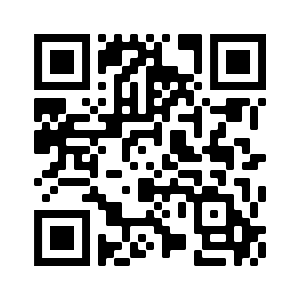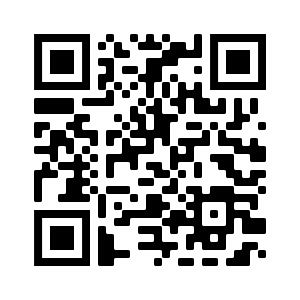Key Features
- Red bumps on twig tip
- Brown bumps on twig base
- Brown cone like structures
Symptoms
Conifers like pines, spruce, fir, and junipers produce male and female cones in the spring. Elongate brown male cones will release a dusty pollen when touched in May. Female cones start out small, but then become larger after pollination and the seeds ripen. Seeds are released in the following year and cones can hang on to branches for multiple years. This is normal. Strobilus is the Latin name for the cone of a pine, fir, or other conifer, including (but not limited to!) arborvitae, white-cedars, true cedars, dawn redwood, baldcyprus, and others.
Management Recommendations
Cones are a normal part of conifer development. No management is needed.
Effective Pesticides
Pesticides are neither available nor recommended for managing this condition.
Resources
- Not satisfied with ID? Contact the Purdue Plant and Pest Diagnostic Lab
- Sign Up for the Purdue Landscape Report


